Scientists have received an unexpected Christmas gift this year: a potential solution to the mystery of JuMBOs, strange celestial objects that seem not to be planets or stars. Try putting a bow on that!
This gift comes courtesy of a team of researchers who believe that mysterious JuMBOs (Jupiter-mass binary objects) are actually stellar cores that have been violently "unwrapped" by massive, powerful stars like kids excitedly unwrapping presents on X-mas day. This could potentially solve a mystery that arose in 2023.
Astronomers using the James Webb Space Telescope (JWST) discovered 42 pairs of these free-floating planetary-mass objects in the Orion Nebula Cluster. They were confused because they weren't associated with a star and had somehow managed to stay in binary pairs. This suggested that JuMBOs didn't form like planets or stars, creating quite the conundrum.
The team that devised this idea to explain JuMBO formation, led by Richard Parker of the University of Sheffield and undergraduate student Jessica Diamond, did so by revisiting an old idea to explain this new phenomenon.
The theory revolves around "photo erosion," a process during which massive and violent stars, O-type or B-type stellar objects, blast other stars with high-energy radiation to strip away their outer layers. This idea fits because the star-forming Orion nebula is replete with hot and massive OB stars.
"We are using quite an old idea - that radiation from massive stars is so strong it erodes the gas 'core' that eventually forms a star," Parker told Space.com. "The radiation removes some of the material from the core, reducing its mass, but also compressing the remaining material so that it efficiently forms a low-mass object."

Revisiting a paper published exactly 20 years ago, the team used the fact that stars commonly form in binary systems and then applied the photo erosion framework to demonstrate that a stellar binary could be photo-eroded to form a JuMBO pairing.
"I think of JuMBOs as a cross between stars and brown dwarfs - they would have been like stars had it not been for the radiation from the more massive stars, which has sculpted them to be more like brown dwarfs," Parker continued.
That adds another celestial body to the JuMBOs mix, so before going further, let's make like the Ghost of Christmas Past in Charles Dicken's classic "The Christmas Carol" and travel back in time to 2023 when JuMBOs were first discovered to see how they defied categorization.
"Brown dwarfs, planets or stars" JuMBOs play charades with astronomers
As explained above, the big mystery about JuMBOs is they seem to defy the formation avenues that lead to both stars and planets.
JuMBOs have masses comparable to a few times that of Jupiter, so that may immediately suggest that they also form like planets from the ring of gas and dust that surrounds infant stars. However, the pairs of JuMBOs found in the Orion Nebula aren't associated with stars.
That is explainable. Planets often "go rogue" and get ejected from the planetary systems by gravitational interactions with passing "intruder stars" or even through interactions with their own planetary siblings.
The problem with this idea of explaining JuMBOs is that the energy needed to eject two planets from around their star should also cause their binary arrangement to be broken. Yet, JuMBOs still exist in binaries.
Of course, it is plausible that some freak occurrence could cause twin planets to be ejected without splitting them up. However, astronomers didn't discover one or two JuMBO pairs in Orion; they found 42 in one relatively small corner of the Milky Way! That indicates whatever is going on is no freak incident.
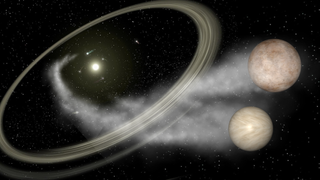
So, why did astronomers think that JuMBOs didn't form like stars? That was all down to their masses.
Stars are born when overdense patches in a massive cloud of gas and dust grow and collapse under their own gravity. This births a protostar that continues to gather matter from its prenatal cocoon of gas and dust. Usually, these protostars gather enough mass to generate the pressures and temperatures in the core to fuse hydrogen to helium, which is the nuclear process that defines what a main sequence star is.
As Parker pointed out, many stars are born with a binary partner from the same cloud and become binary stars. It's estimated that about half of all known stars are in such a partnership. Mystery solved, right? Wrong!
Here's the catch.
The more massive a star is, the more likely it is to be in a binary. About 75% of the most massive stars exist with a partner. That number drops to around 50% for stars with masses like the sun and continues to drop as mass reduces. That means the chance of finding a star with a planetary mass in binary should be virtually zero.
Remember, the JWST found 42 pairs of JuMBOs in one nebula alone. Again, that indicates there is something going on here that is more than a mere fluke.
JuMBOs aren't rogues at all
In Parker and Diamond's theory, JuMBOs do indeed form like stars, but they start off with enough mass to allow them to reside in binaries. It is then the violent radiation blasting out of other, more massive stars that erode this much of this mass away, thus leaving JuMBOs with planetary masses.
"This removes the need for JuMBOs to form as massive planets and somehow be ejected from their parent stars as a binary pair," Parker said. "They aren't really 'rogue.' In our idea, JuMBOs would have formed a normal and common stellar binary if it had not for the extreme radiation from nearby massive stars, of which there are several in Orion."
He added that the theory also rules out the need for JuMBOs to form as brown dwarfs with very unconventional orbital separations with binary partners that are not observed anywhere else in the cosmos.
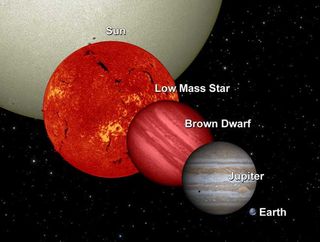
The brown dwarfs referenced by Parker are objects that form like stars, but during that protostar phase, they fail to gather enough mass to trigger the fusion of hydrogen to helium. For this reason, brown dwarfs are often given the slightly unfair nickname "failed stars."
They have masses between around 10 and 80 times that of Jupiter, which is about 0.01 to 0.08 times the mass of the sun. As expected with these diminutive masses, brown dwarfs are rarely found in binaries.
"I think of JuMBOs as a cross between stars and brown dwarfs - they would have been like stars had it not been for the radiation from the more massive stars, which has sculpted them to be more like brown dwarfs."
Parker explained that to verify his and Diamond's idea astronomers need to scour other star-birthing regions packed with massive stars for JuMBOs. If they are correct, the stronger the radiation from these stars, the smaller the JuMBOs found in proximity to them should be!
"So in regions where there are lots of massive stars, the JuMBOs should be less massive," he continued. "Alternatively, if we found JuMBOs in regions where there was no radiation from massive stars, that would rule out our idea immediately!"
Parker thinks that astronomers may have to act fast to study these pairs of JuMBOs in Orion. But if he and Diamond are right, don't worry — there should be new JuMBOs popping up shortly.
"I've been working on calculating whether JuMBOs would survive for very long in a crowded environment like the Orion Nebula Cluster," he said. "It seems that lots of them are disrupted, meaning that many more than are observed would need to form to explain the observations."
If astronomers are looking to get Parker an X-mas gift for his and Diamond's theory, the University of Sheffield researcher will be fine with a surprise. That really sums up his attitude to discoveries like JuMBOs.
"My mantra is 'never expect anything and keep an open mind at all times!'" Parker concluded. "There is always going to be some aspect of physics we didn't consider or overlooked, so nothing should be surprising, but everything is fascinating, and it's our job to explain it all!"
That means he won't be expecting those socks that you are looking to re-gift!
Diamond and Parker's research was published in November in the Astrophysical Journal.
.png)
 2 weeks ago
10
2 weeks ago
10
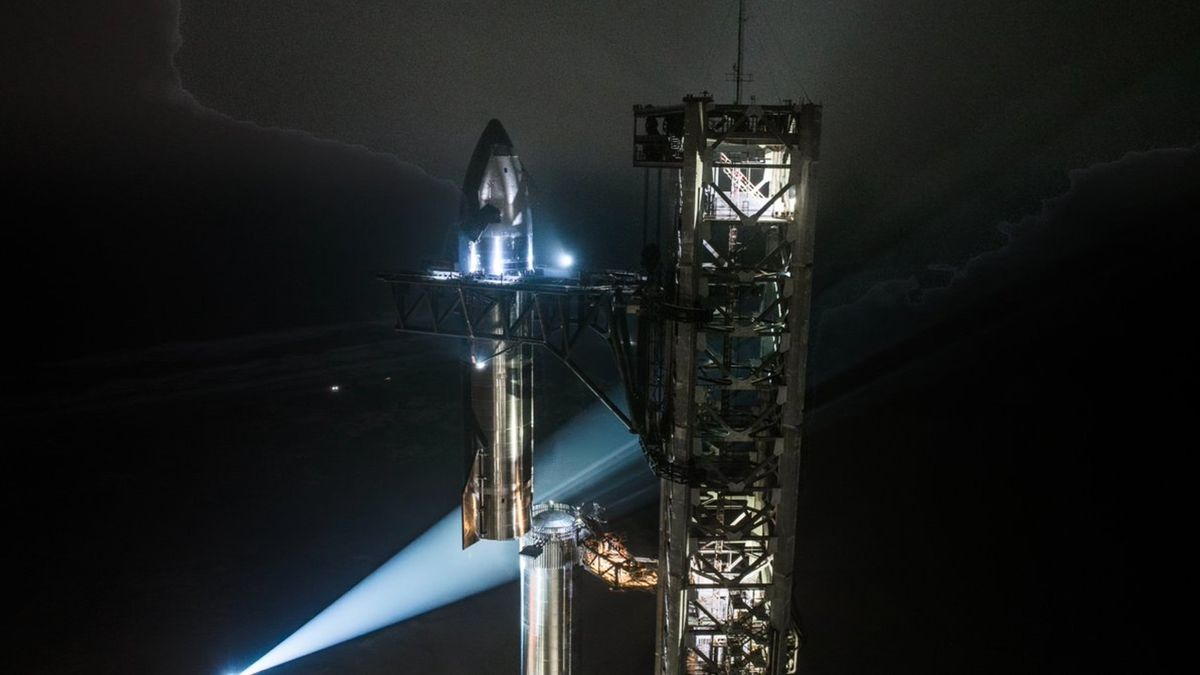


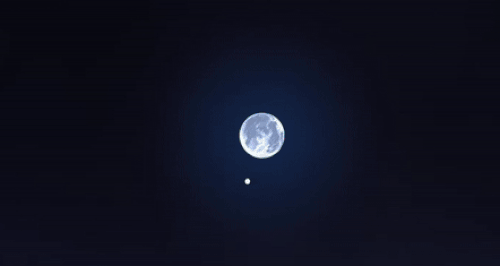



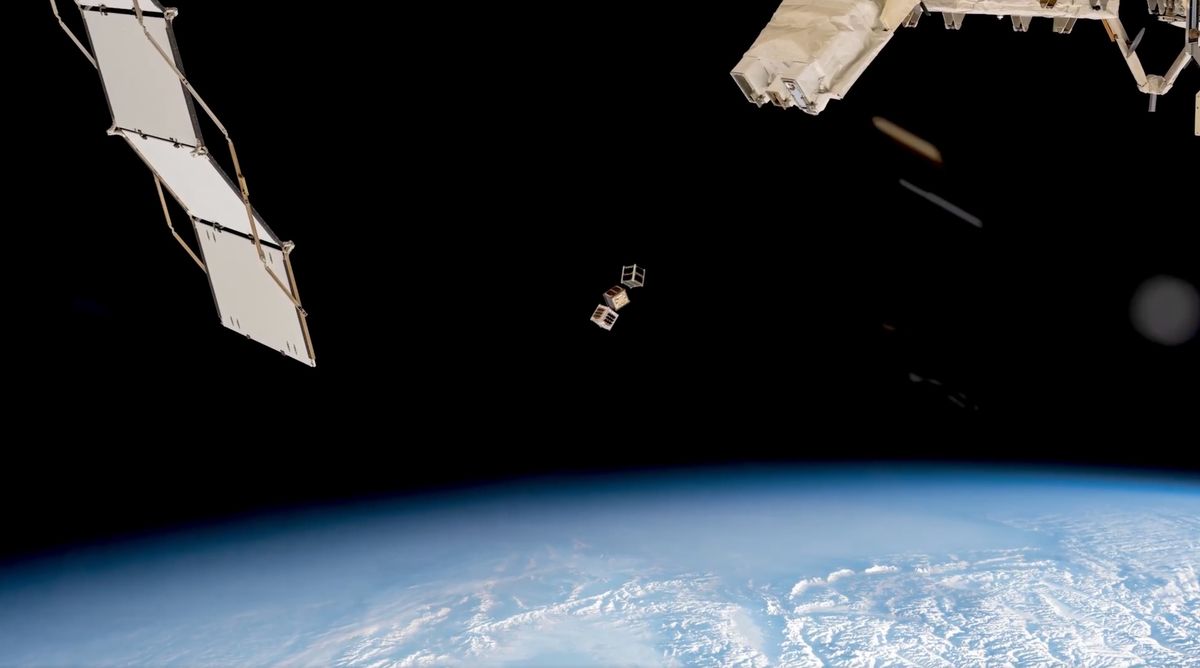
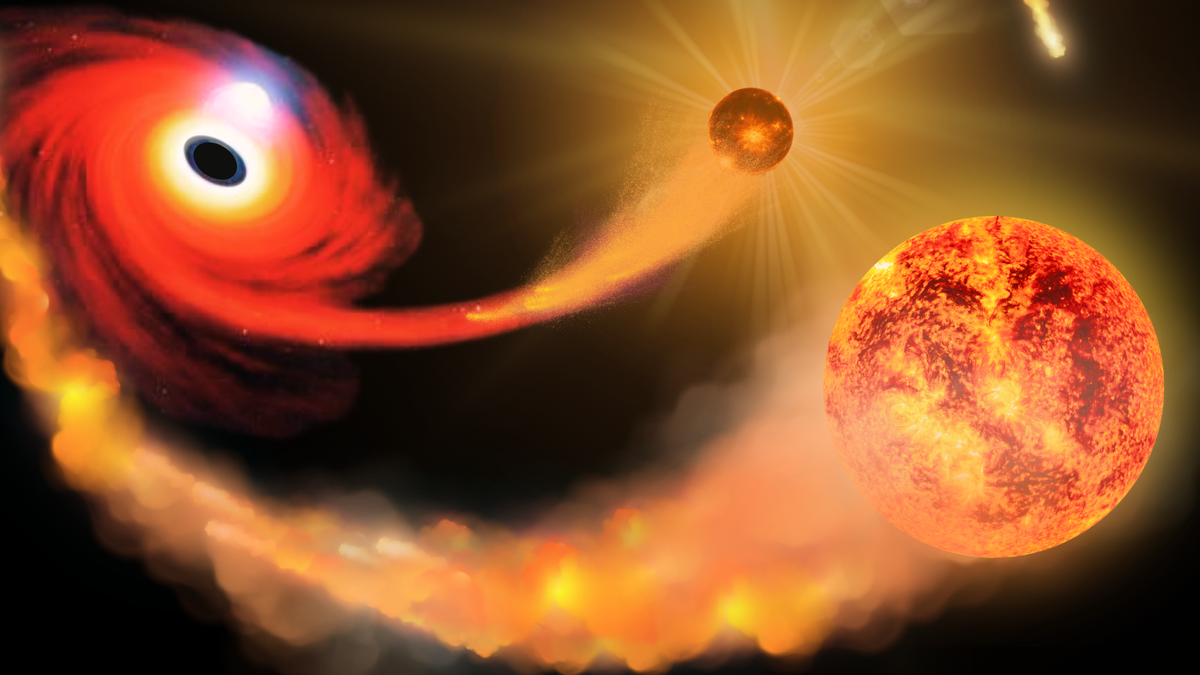
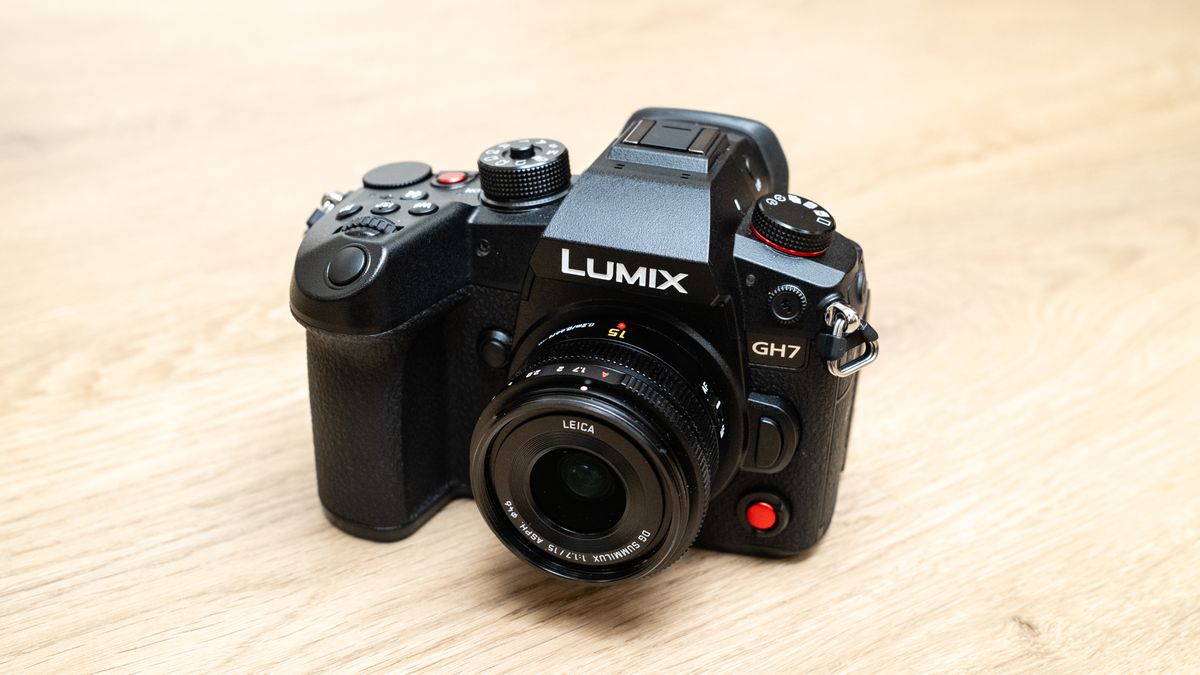
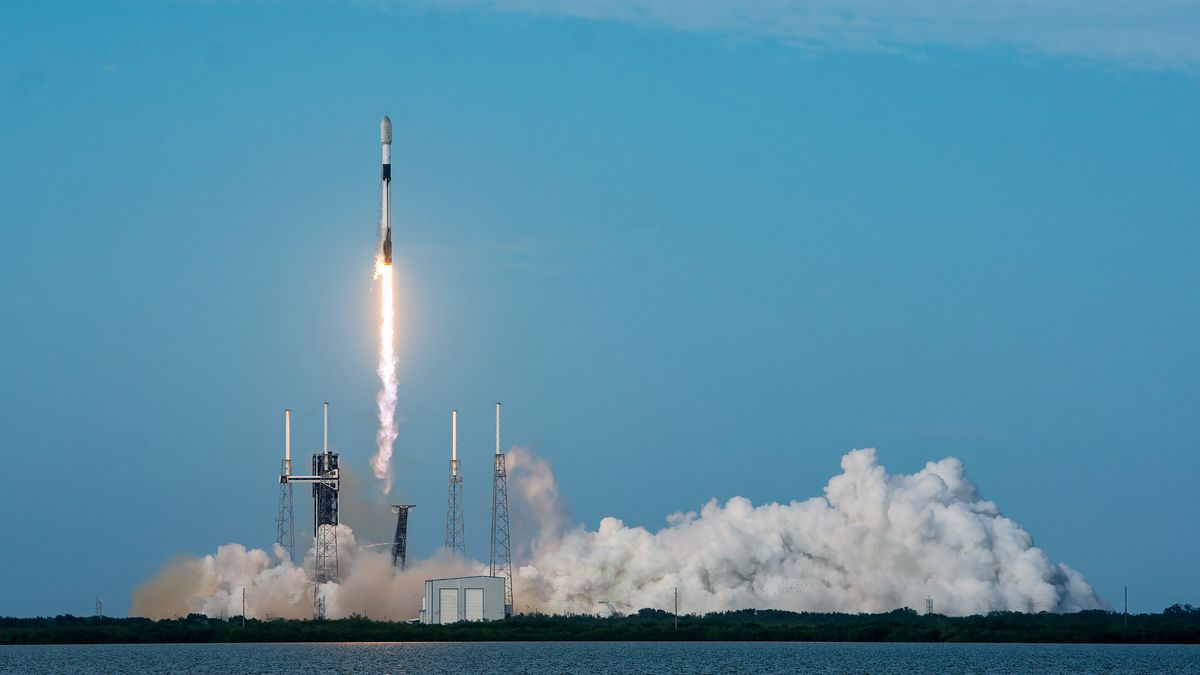
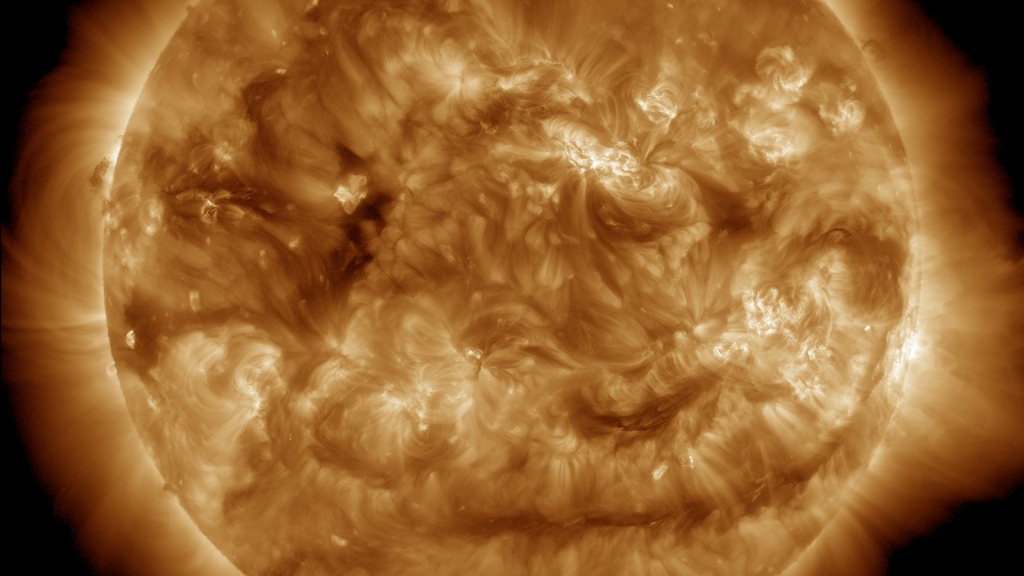






















 Bengali (BD) ·
Bengali (BD) ·  English (US) ·
English (US) ·